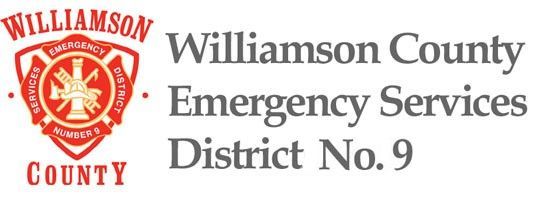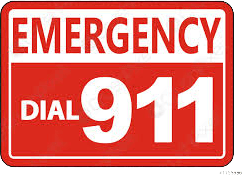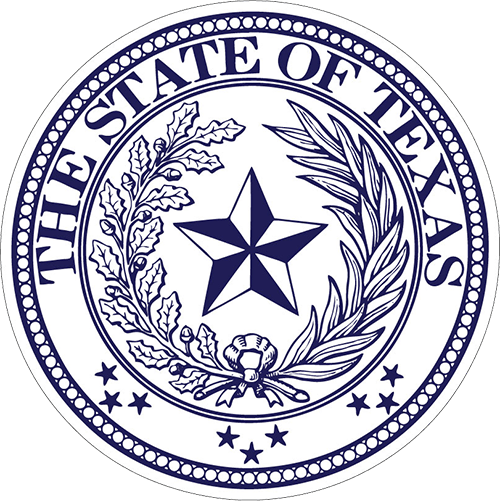An Emergency Services District (ESD) is a local government agency created by a vote of the public to provide fire protection and/or emergency medical services (EMS) in specific areas in unincorporated Williamson County.
Founded in 2006, Williamson County Emergency Services District No. 9 (ESD9) was established to address service gaps by coordinating fire and emergency services in areas where coverage was insufficient. Since its inception, ESD9 has evolved significantly, expanding its role to provide not only fire suppression and emergency medical services (EMS) but also disaster relief, public safety education, and vital infrastructure investments.
ESD9 works closely with the local fire and emergency departments of Round Rock, Leander, and Sam Bass to ensure thorough and reliable coverage for our residents. ESD9 is overseen by a volunteer board of five members, all of whom are local residents and property owners.
Through dedicated service, collaboration, and ongoing improvements, ESD9 remains committed to its mission of enhancing public safety and ensuring that help is always available when needed most.
The governing statute for an ESD is Chapter 775 of the Texas Health and Safety Code. An ESD collects taxes based on appraisals of real and personal property and usually contracts with service providers (e.g. Round Rock, Leander, Sam Bass Fire Departments).


